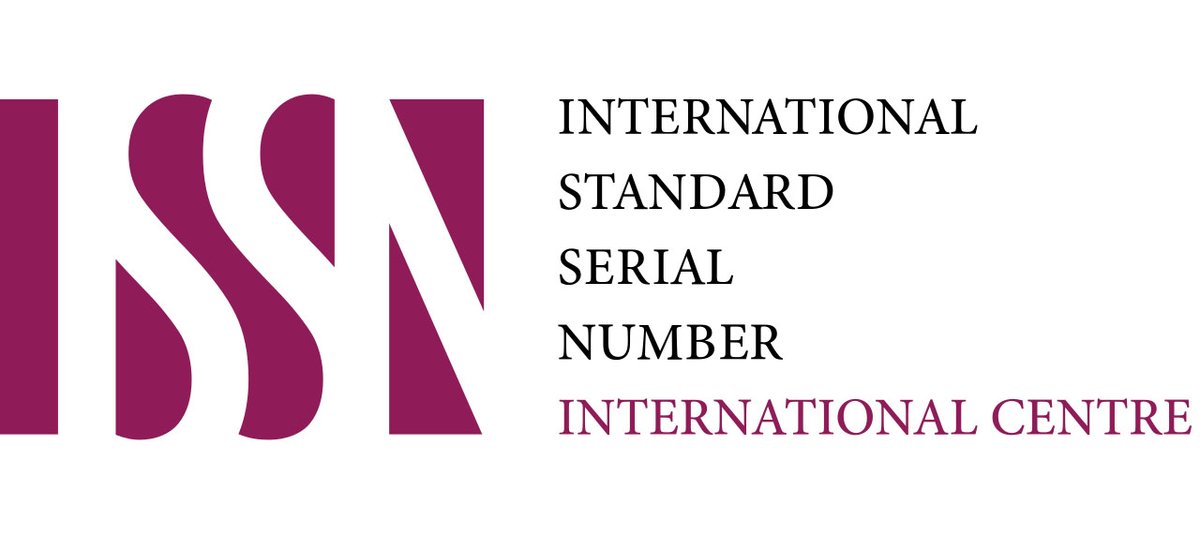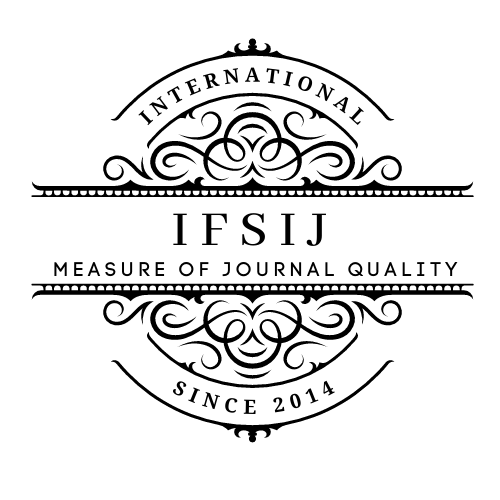PREVALENCE AND HEMATOLOGICAL PROFILES OF PREGNANCY ANEMIA: EXTENDED CROSS-SECTIONAL ANALYSIS IN A TERTIARY CARE CENTER IN TASHKENT
Keywords:
Pregnancy anemia, Hematologic parameters, Multigravida, Preeclampsia, RDW-CV, Maternal health.Abstract
Background: Gestational anemia is a significant public health problem globally. It contributes significantly to maternal morbidity and adverse fetal issues through bloodied oxygen- carrying capacity, endothelial dysfunction, and increased motherly metabolic demand. Objective: to study the prevalence of anemia in pregnant women in the Tashkent region and conduct a comparative analysis of hematological parameters in pregnant women. Methods: Cross-sectional study was conducted among 58 pregnant women attending Maternity Complex No.3, Tashkent Medical Academy. Demographic data, clinical history, and hematological parameters were collected. CBC included hemoglobin (Hb), RBC indicators (MCV, MCH, MCHC), hematocrit, and RDW- CV. Anemia was diagnosed if Hb was< 110 g/L. Chi-square and Pearson correlation tests were applied. Results: 45 out of 58 cases (77.6%) were anemic. Multigravida women were anemic (75.6, p=0.021). All 10 preeclamptic cases were anemic (p=0.006). Anemic women had dropped Hb, MCV, MCH, MCHC, hematocrit, and increased RDW- CV. No correlation between age and Hb (r=0.07, p=0.63). Conclusion: Gestational anemia is largely current among pregnant women recruited in study and is significantly associated with multigravidity and preeclampsia. These findings emphasize the necessity for routine prenatal webbing, early nutrition, and careful clinical surveillance.
Downloads
Published
Issue
Section
License

This work is licensed under a Creative Commons Attribution-NonCommercial-NoDerivatives 4.0 International License.















